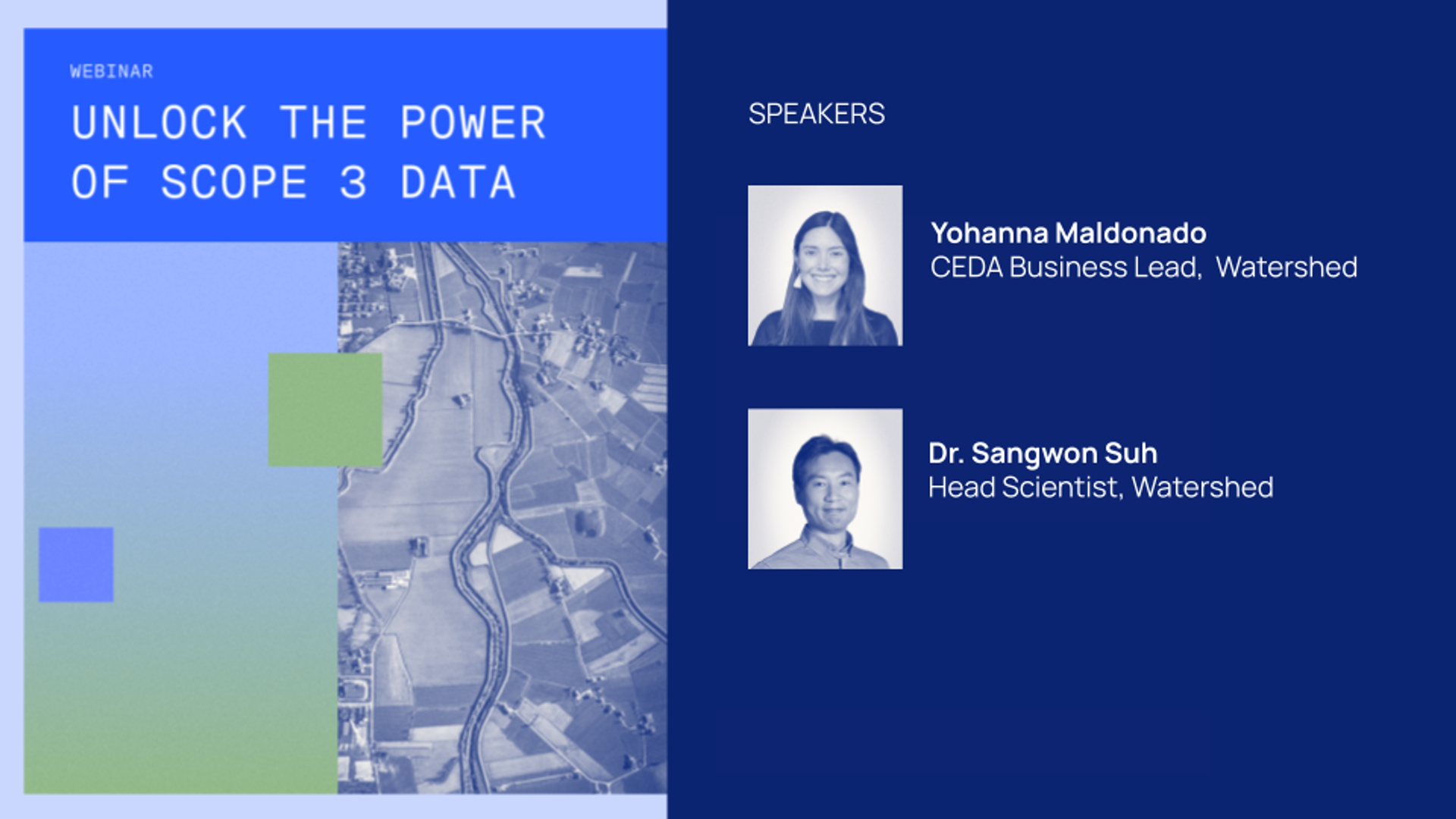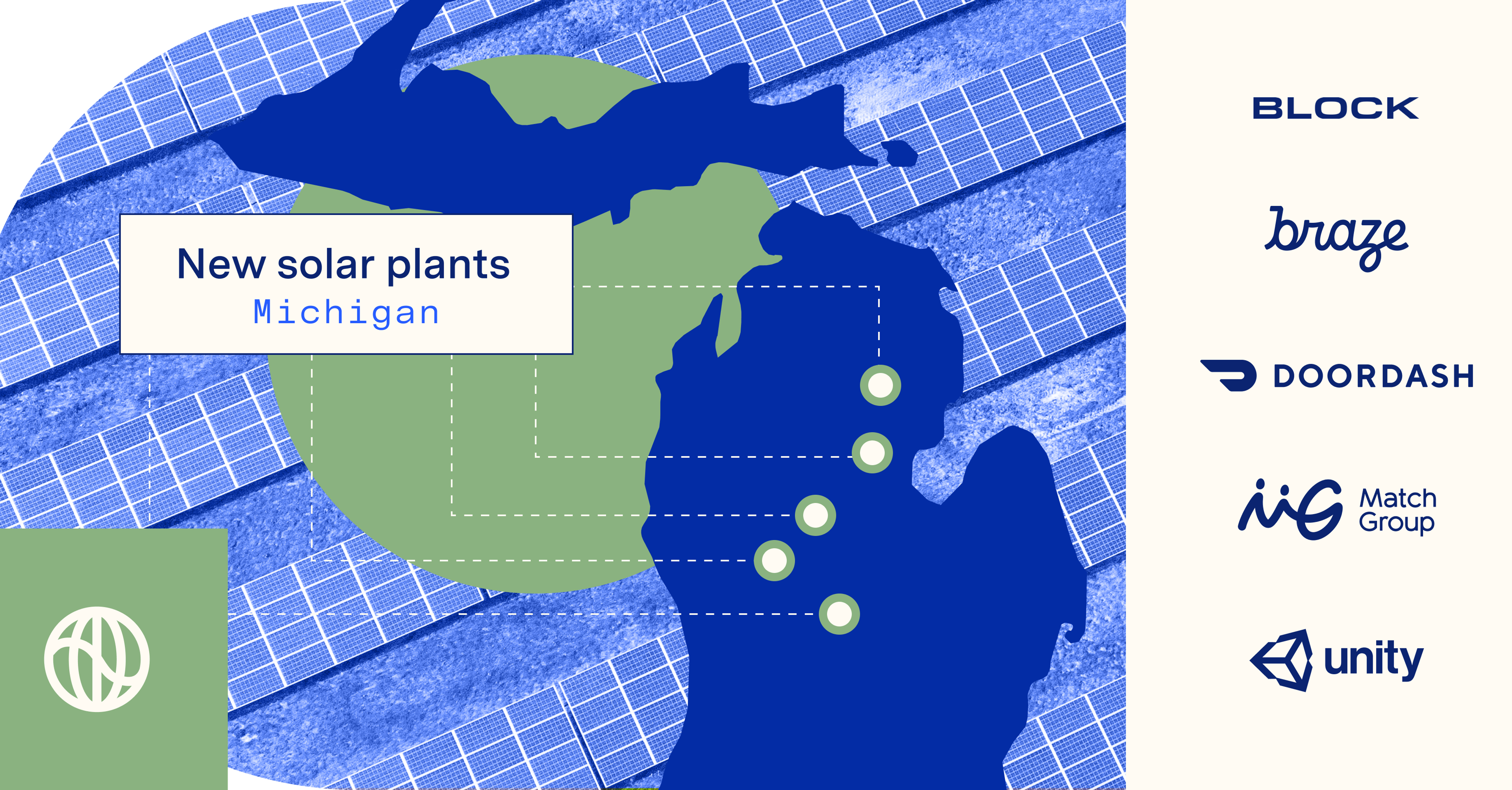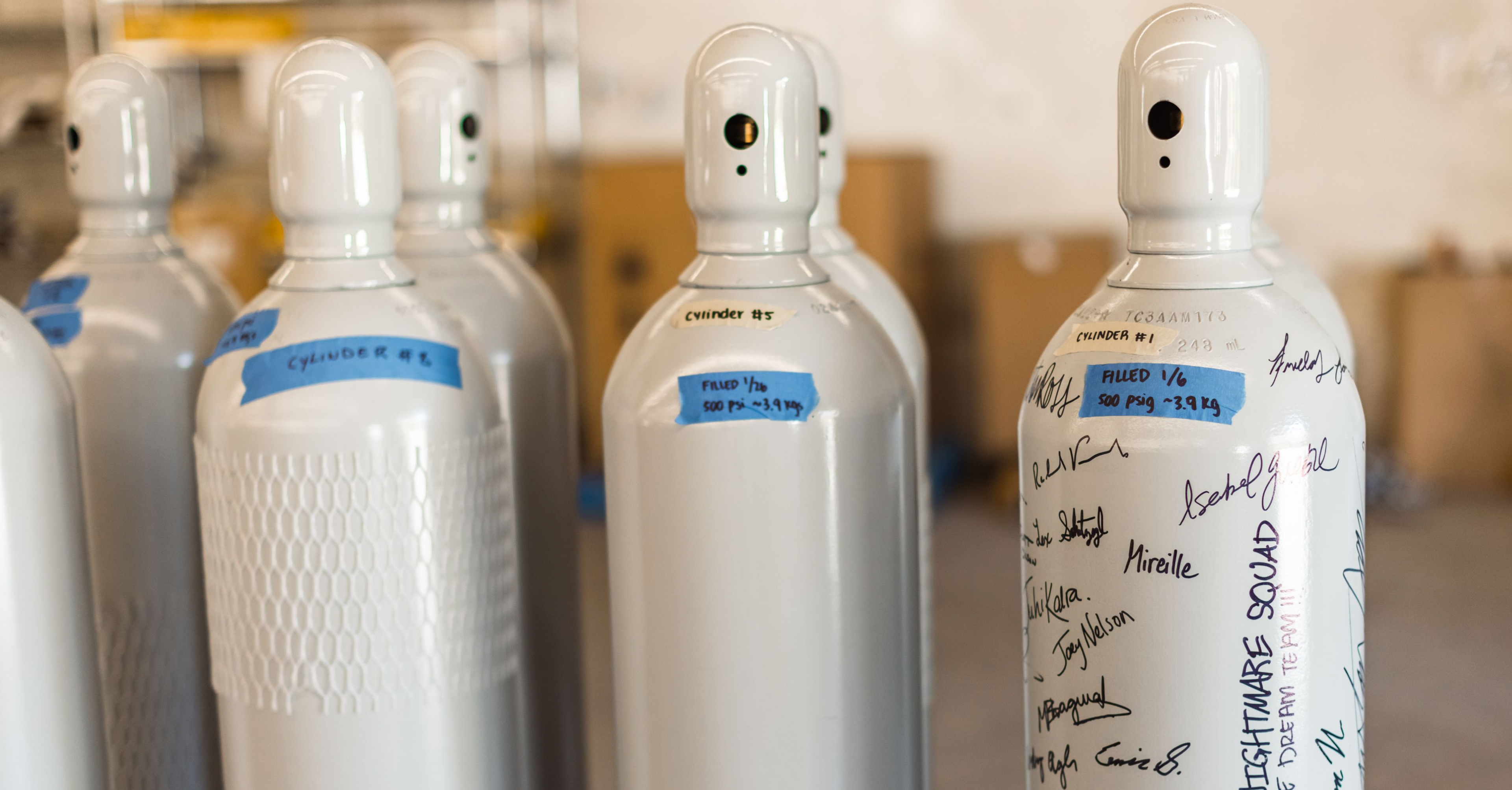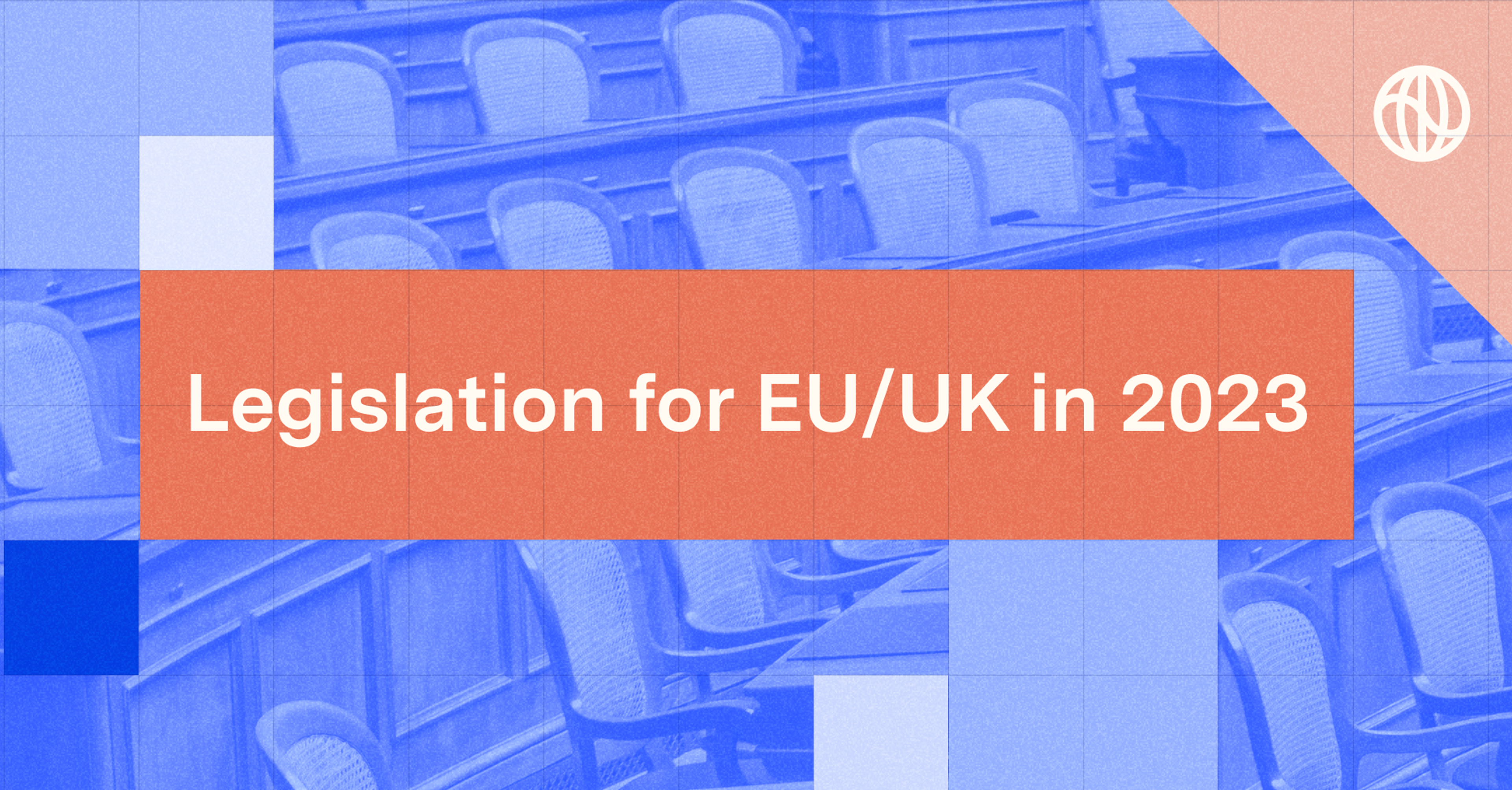In an exclusive webinar, Dr. Sangwon Suh, creator of CEDA, shared practical strategies for untangling the complexity of scope 3 emissions data. In addition to strategies for utilizing your existing data and how to progress to supplier-specific primary data, attendees learned from real-world examples, gained insights into industry benchmarks, and got tips on the best practices to elevate scope 3 reporting.
During the session, Dr. Suh answered audience questions live, including ways to go from spend-based to activity-based data, and how to think about quality in your data points. We had so many questions, Dr. Suh didn’t have time to answer them all, so here are his responses to many additional ones.
All questions come from webinar attendees and may have been edited for length or clarity. If you’d like to be first to know when Dr. Suh's next scope 3 webinar will be, please sign up for updates at the bottom of the page.
On carbon accounting approaches
Could we get some understanding of the different approaches to scope 3 accounting, e.g. activity-based accounting, spend-based accounting etc.?
Of course. When you measure your supply chain (scope 3) emissions, there are several emission calculation approaches that may be relevant. These range on a spectrum of precision: from generic industry-average, regional-average spend-based emission factors to supplier- or product-specific activity- or spend-based emission factors. An overview of the options below, and for further reference we recommend the GHG Protocol website.
- Spend-based EFs are estimates of the average emissions that are produced for each dollar spent on a product or industry. For example, this type of factor could tell you how much CO₂e is produced on average for each dollar spent on distribution in the US.
- Activity-based EFs provide estimated emissions based on a specific unit of activity, instead of just dollars spent. For example, if you measure your business travel only using spend, the only way to reduce emissions is by reducing the amount you spend. However, if you collect activity-based data on the miles flown, fare class, and type of aircraft, you unlock more insights into how you can fly in less emissive ways.
- Supplier-specific EFs are spend-or activity-based EFs that are based on primary data from your actual supplier. These can be spend-based or activity-based. For example, common spend-based supplier-specific EFs are those found in CDP disclosures or corporate sustainability reports, where a supplier measures their complete corporate footprint and divides it by total revenue. Physical activity-based supplier-specific EFs may include product life cycle assessments for a given product. Use of supplier-specific EFs can be powerful because it enables your company to better target reductions and see changes in your value chain emissions year-over-year as your suppliers decarbonize their operations.
- Hybrid methods can combine one or more of the types of EFs described above to result in a footprint that uses the best data that you have available.
How do you differentiate high-quality from low-quality spend databases?
The first thing to check when it comes to databases is the level of rigor and scientific quality behind the process of building the database. A couple of questions to keep in mind are:
- How long has the database been around?
- Is it used in corporate footprints by companies like yours and referenced in public reports?
- Is it compliant with the GHG protocol?
In addition to this initial checklist, there are three main things that set apart higher-quality spend databases like CEDA:
- Geographic coverage: the difference in emissions factors between countries for the same industry can drastically change depending on the country of origin. Choosing a multi-region spend database that accounts for the differences in country-specific energy profiles is essential to more accurately reflect your global operations.
- Sector granularity: the more specific the sector, the more closely aligned the emissions factors will be to your business operations. Look for a database that provides not just one emissions factor for a broad industry like “services” but that is able to delineate differences between services (e.g. tax, marketing, software).
- Data recency and frequency of updates: the world is constantly changing and is gradually reducing emissions intensity. Look for a database that uses the most recent data possible and that provides frequent updates that capture the world changes.
Do you have any guidance as to how companies can apply using materials with recycled content or used furniture and equipment? It's difficult to capture the savings because of the availability of EF.
For recycled or more sustainable materials the best approach is to use either activity-based emissions factors from sources like Ecoinvent or supplier data from product specific life-cycle assessments (LCA).
If you are dealing with recycled content issues regularly, ideally, you may want to create a small model, which allows you to enter any recycled content % and generate life-cycle GHG emissions results. This will require a bit of technical understanding of the underlying dataset and LCA. We internally do that on an ad-hoc basis. Let us know if there is something we can help with.
What are some authentic sources for getting product specific scope 3 data by sector and by country?
The answer really depends on the industry and the country. Watershed works with a wide range of sources and usually recommends a combination of databases like Ecoinvent, peer-reviewed studies and life cycle assessments (LCAs) developed by suppliers at the product level.
How does spend analysis translate to downstream categories for a complete scope 3 measurement?
At the moment, spend databases have not developed methodologies to calculate downstream categories of scope 3. This is something on the radar for the team developing CEDA at Watershed, given the importance of this category.
How to operationalize scope 3 data
Even measuring spend data is hard. How are companies matching spend to emissions factors?
Agreed, which is why there is so much value in even getting that first measurement across the line. For companies to map emissions factors the right approach depends on the level of granularity of the data and the time and resources each company has. Software services can usually help with intelligent mapping capabilities to reduce time spent and errors in mapping practices.
Do we really need to get to 100% real-time measurement for scope 3 in order to achieve the end goal of 'understanding in order to take action' ?
No. We certainly don’t think we need to get to 100% supplier specific data to take action. On the contrary, we need to take action in parallel with increased accuracy of our measurements. As mentioned on the webinar, the important thing is to understand where the hotspots are, which can be done with even high quality spend data and start acting as soon as possible.
We already have our GHG scope 3 data using the spend-based method, and we have determined our net zero/emission strategy based on that data.
Switching to the supplier-specific method would likely cause our scope 3 data to increase moderately or significantly due to its higher precision. This change could affect our emission strategy, as our GHG emissions might increase significantly, rendering our past data obsolete and misaligned. How should we move forward?
Yes! Incorporating supplier-specific data can have a significant impact on your GHG emissions. The impact can be both positive and negative (move emissions up or down) depending on the profile of your supplier. This is a good thing, as it will gradually improve your understanding of the size of the problem.
In fact, as companies continue to measure emissions, it’s expected that the methodology used to calculate footprints will change over time. These changes can come from three main sources:
- Updated emissions factors used in the measurement.
- Changes to the operational boundary considered for the footprint.
- Additional primary data incorporated into the footprint.
These changes reflect improvements in carbon accounting methodologies, and are not considered errors in previously measured emissions. However, these changes make it difficult to consistently compare emissions of different years, which is why companies tend to restate or re-baseline their inventories every 2-3 years.
As an organization progressively expands the primary data portion of the scope 3 coverage, it may experience fluctuation in the total GHG emissions, which should subside as most of the major sources of emissions are covered under primary data.
Such a change is a part of the natural process of improving data quality and actionability, though communication of such changes with the top management and developing coherent strategies can indeed be a challenge. It is therefore important to set the expectation right with the top management and stakeholders; they need to understand that there are rooms for improvement and change over time, while the current result is the best that one can get based on the available data and resources.
Decisions should be made based on the best available information and one cannot do better than the best for a given moment—i.e., one should not and cannot wait until perfection is achieved. Instead, one should make the best decisions on the basis of the best information available then while leaving the room for flexibility and adjustment, as new information flows in. Setting that expectation is a key to successful implementation of continuous improvement.
As you increase the quality of your data, is it dishonest to compare results to previous years when it was lower quality?
Changes in emissions footprints and accounting methodologies are expected when measuring over multiple years. By developing a rebaselining and restatement policy, companies set clear expectations and recognition of the evolving nature of carbon accounting methodologies. This approach is a common practice in the world of carbon accounting and is generally guided by the GHG Protocol and the SBTi framework.
An example of how to reflect these changes publicly from Apple is:
“We are constantly revisiting our methodology to hold ourselves to high accountability standards. So in fiscal year 2018, we changed how we calculate emissions from business travel in order to better account for classes of service in air travel. As a result of this change, our scope 3 transportation emissions increased by 77 percent between 2017 and 2018. Without the methodology change, these emissions would have increased by 14 percent, which reflects the growth in our business.”
Supply chain programs and engaging suppliers
What are the most promising efforts by major companies to assist or empower their suppliers to better report emissions data? Who is out in front of this?
One of the most important and promising efforts are companies that provide the resources (and ease) needed for their suppliers to not only report, but consistently report with a common methodology—whether it’s creating a custom solution and rolling that out to suppliers, or leveraging a software solution like Watershed and giving free licenses for suppliers to easily report.
One of the companies we most admire in this space is General Mills (GMI). In addition to making Watershed’s supplier-specific, product-level carbon footprint calculator available to suppliers at no cost, reducing upfront costs for suppliers that are not yet consistently measuring and disclosing emissions, GMI is also operationalizing supplier climate data in procurement processes. This ensures that GMI’s sourcing decisions are in service of its ambitious scope 3 decarbonization target, giving suppliers confidence that their investment in improving sustainability progress could translate into a stronger business relationship with GMI.
In our experience, we find suppliers sharing emissions data at an aggregated global level. What are some suggestions to encourage more granular data sharing, and how can suppliers provide it easily?
The ultimate goal is to enable suppliers to share data at an activity-level based on their contribution to a specific SKU or Bill of Materials (BOM). Until then, though, we do see companies upstream effectively segmenting their suppliers by key material type or product classification and then asking suppliers to report a subset of GHGs that can be attributed to said program.
One suggestion is for companies to structure incentives, such as preferred/tiered status leading to preferential pricing, longer-term buy commitments, and financial performance incentivization. Further, there are non-financial reward structures that are used successfully as well, such as public recognition and co-branding, and the sharing of knowledge and resources.
Since suppliers and manufacturers use very different methods and assumptions to calculate LCA values (even in the same industry) how can we trust or make decisions based on their scope 3 data?
Like anything else, there are varying levels of quality in an LCA, so one way is to encourage suppliers to leverage reputable LCA and Product carbon footprint (PCF) software whose methods and databases are regularly assured. Secondarily, I think it’s also important to think through where an LCA is in fact required, versus where an equally valuable (and potentially more scalable or reliable) insight can be drawn using a regularly audited spend-based emissions model such as CEDA.
CEDA and Watershed
Do you have a set of country specific emission coefficients that you would recommend? We are only using EPA and Defra and realise they don’t represent well all the countries we are in.
Yes! Our recommendation is to use country-specific emissions factors from CEDA, the most comprehensive multi-regional spend database in the market. It covers 400 industries across 148 countries and it is developed and updated by Watershed on an annual basis.
How does CEDA differ from EPA and Defra factors?
In terms of how CEDA compares to the EPA and DEFRA, the main differences are the level of granularity, data recency and global coverage. For example, both the EPA USEEIO and the UK DEFRA spend databases are single region, meaning they are specific to the US and the UK economy and can’t account for differences in other countries. Additionally, CEDA is the longest service professional database of its kind, meaning you get access to world class support and enablement for any questions related to the use of the emissions factors. For more information please download the CEDA methodology guide.
Is CEDA only available through Watershed?
CEDA by Watershed is available as a standalone product to the market and can be licensed by any company interested in using CEDA for their own corporate footprint or for their customers. If you are interested in licensing CEDA please reach out to ceda-support@watershed.com for more information.
Do you have other scope 3 evaluation tools (for employee commuting, financed emissions, etc)?
Watershed provides multiple modules for our customers to go deeper on specific parts of their measurement. For example see here more information on our financed emissions offering.
Thanks to everyone for attending and your insightful questions! If you've read this far and would like a copy of my presentation, we've shared it here. You can watch the webinar recording after a quick sign-up here, or add your contact below to hear about our next session. -Sangwon









